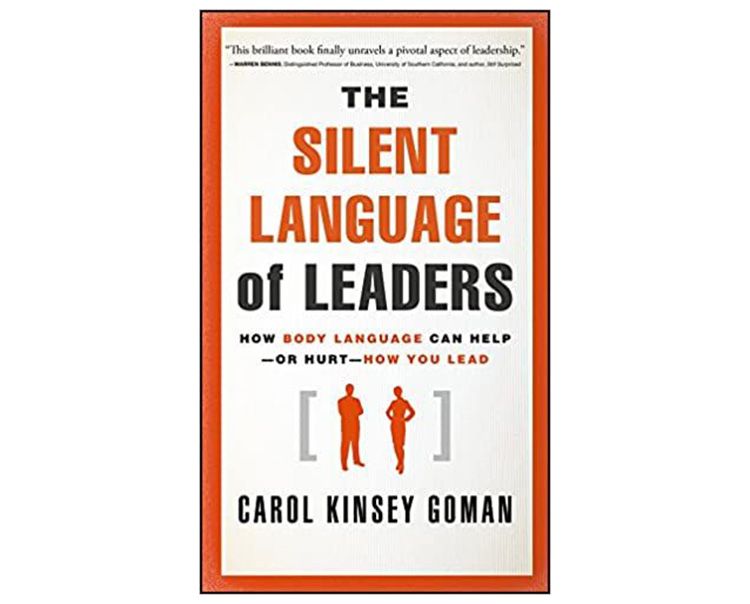CATEGORIES:

If you’re a female executive – and most especially if you participate in critical presentations and negotiations – you might want to think about the following male/female communication differences.
In her book, ‘The Silent Language of Leaders’, Carole Kinsey Goman lays out 13 distinctions between the way the two genders communicate nonverbally.
These include:
1) Women prefer to stand face-on when communicating in person. Men, conversely, find this confrontational, preferring to stand at a more angular position to each other.
2) If a man is nodding, he agrees. When a woman nods, she may be agreeing, or she may be simply empathising and/or encouraging the speaker along.
3) For a woman, eye contact is a key element of effective listening. A man, however, can listen with considerably less eye contact or physical feedback.
4) Men not yet acquainted with each other keep a greater physical distance than do unacquainted female conversation partners.
5) Women use touch to indicate their agreement, empathy or general connection, while men use touch as a power gesture.
6) Men take up space. Women contract the amount of physical space they require.
7) Women use a greater variety of intonation in their speech, allowing their emotions readier vocal demonstration. Men’s speech has lesser tonal variety, its deeper quality sounding more controlled and confident.
8) Most men minimise facial expression. This makes a woman uneasy: she needs to “read” her conversation partner’s face.
9) Women smile more often than men . . . but it’s often used as a cover-up for nervousness, or to detract from something negative imparted in speech.
10) Men more naturally express anger nonverbally, through a quick release of energy like slapping a table.
11) Women cross their legs. Men adopt a quite opposite seating posture.
12) Men use body language to express their confidence. They also feel freer to send signals of indifference or disagreement. Women are quick to demonstrate enthusiasm, and display hurt more openly.
13) Women with tension or breathiness in their voices tend to be seen as less credible in the corporate setting. Men with a throaty tension to their voices enjoy enhanced credibility.
While executives of both genders would do well to be mindful of these body language distinctions, the possession of these insights provides considerable advantage for females wanting to enjoy a level playing field – particularly in the context of an important pursuit.
HOW TO INNOVATE IN BIDS
(Training Program)
"Innovation" in the context of the big-ticket bidding space takes on a very specific definition.
It’s the bidder that demonstrates a deep and genuine grasp of this definition – and stays tightly guided by it in the “innovative approach” it is asked to propose in its submission – that is likely to be successful.
THE ART OF THE DEBRIEF

(Training Program)
The key to getting the best value from any de-briefing session offered to you is to plan carefully, in order to extract every possible clue from the process.
This two-module course provides step-by-step, real-time guidance to assist you in maximising the intel and insights available from the de-briefing opportunity. It also guides you along as you seek to ensure the permanence of the insights obtained, and the incorporation of their value into future bidding processes.



